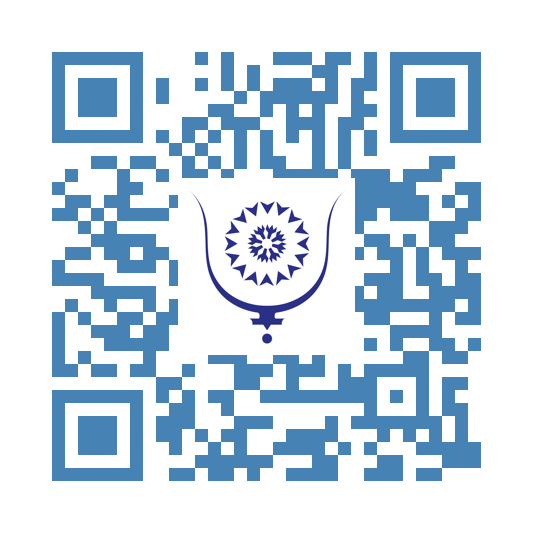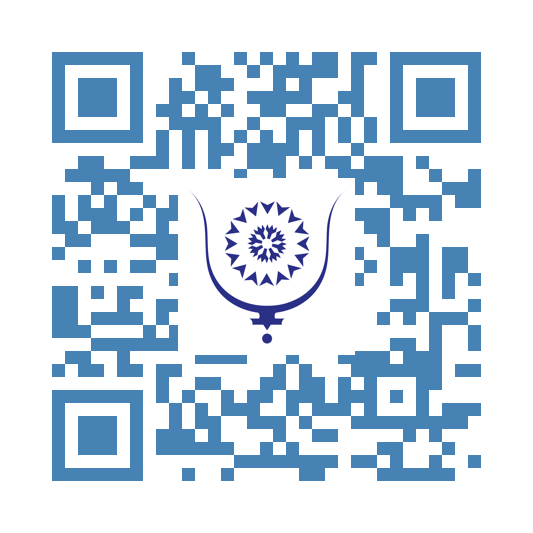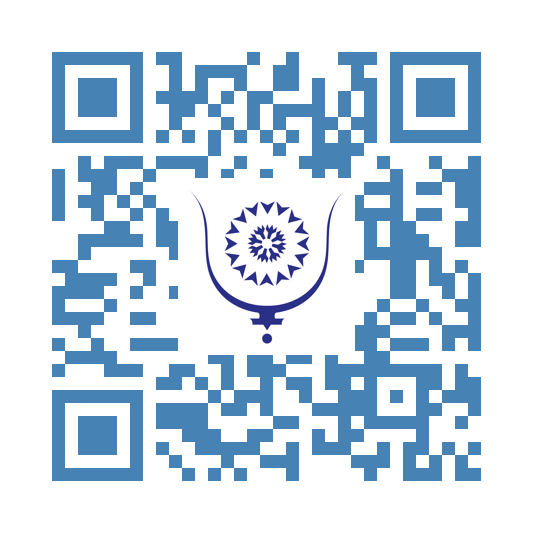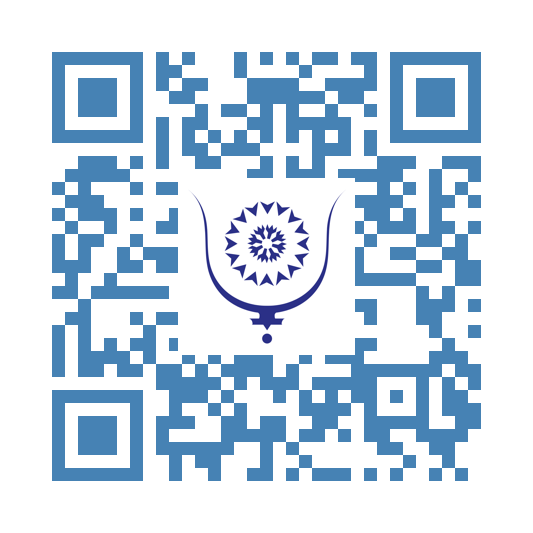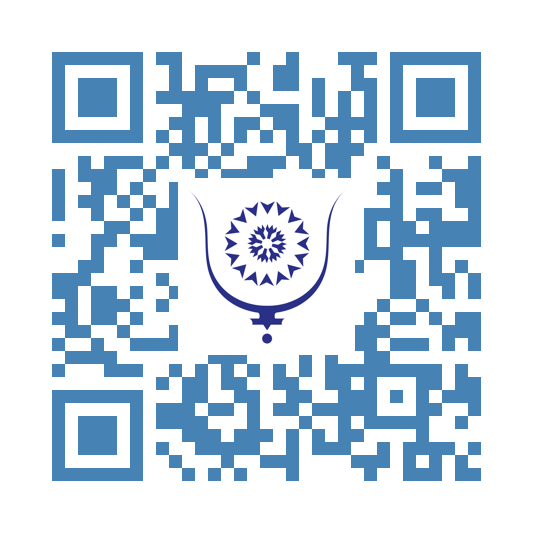The Kabbalah 4987
Kabbalah is a mystical tradition within Judaism that seeks to understand the hidden dimensions of the divine, the universe, and the soul. While its formal development emerged in medieval Europe—especially in 12th-century Provence and 13th-century Spain—its roots stretch back to earlier biblical, rabbinic, and merkavah (chariot) mysticism traditions. It offers a symbolic and metaphysical framework for understanding reality and our role within it.
At its core, Kabbalah teaches about Ein Sof (“the Infinite”), the boundless aspect of God that lies beyond all human comprehension. From this ineffable source emanates all of creation, unfolding through a dynamic process depicted in the Tree of Life (Etz Chaim), a symbolic diagram composed of ten interconnected spheres called sefirot. These sefirot represent divine attributes or channels through which the Infinite expresses itself, shaping both the spiritual and material realms. At the top is Keter, the crown, symbolizing divine will and pure potential. From Keter flows Chokhmah, the spark of wisdom and intuitive insight, which is then given form and structure by Binah, representing understanding and deep contemplation. Below them, Chesed embodies expansive love, generosity, and mercy, while Gevurah introduces strength, discipline, and the power of judgment. Between these opposing forces lies Tiphereth, the sphere of beauty, harmony, and compassion, which mediates and integrates mercy with severity. Continuing downward, Netzach expresses endurance, initiative, and the force of expansion, while Hod represents humility, introspection, and the power of communication and symbolism. These two channels converge into Yesod, the foundation, which synthesizes and transmits all previous energies into Malkuth, the kingdom—the material world, where divine intention is finally manifested. These ten sefirot are arranged along three vertical pillars—right, left, and center—symbolizing the principles of expansion, restraint, and balance. Together, they form a dynamic spiritual system that mirrors both the structure of the universe and the inner architecture of the human soul.
One of the most influential Kabbalistic texts is the Zohar, a mystical commentary on the Torah, which uses allegory, symbolic interpretation, and esoteric language to uncover hidden spiritual meanings in the biblical text. Another foundational work is Sefer Yetzirah ("The Book of Creation"), which presents a cosmology based on the mystical properties of the Hebrew alphabet and the ten sefirot. It teaches that the world was created through 32 paths of wisdom—ten sefirot and 22 Hebrew letters—laying the groundwork for later Kabbalistic systems.
A major development in Kabbalah came with Isaac Luria (1534–1572), known as Ha'ari, who introduced Lurianic Kabbalah. He offered new doctrines such as Tzimtzum (the divine contraction that made space for creation), Shevirat ha-Kelim (the breaking of the vessels), and Tikkun (restoration or repair). These concepts explain why evil exists and how humanity participates in the healing of cosmic fractures through spiritual acts.
Kabbalistic practice involves more than intellectual study—it includes meditative techniques, letter permutations, sacred chanting, visualization, and deep contemplation on the divine names. Gematria, the system of interpreting Hebrew words through their numerical values, plays a central role in uncovering hidden connections between words and ideas.
Another important concept is Sitra Achra, the "Other Side"—a realm of impurity and spiritual blockage that opposes holiness and reflects the duality within creation. Kabbalists explore how spiritual elevation occurs when divine sparks trapped in the material world are liberated through righteous actions, prayer, and intentional living.
In more practical or applied Kabbalah, practitioners also work with Divine Names (such as the 72 Names of God), angels, and astrological correspondences, viewing them as symbolic tools to aid in spiritual elevation and unity with divine purpose. The four worlds (Atzilut, Beriah, Yetzirah, and Assiah) represent stages of emanation from the divine to the material realm, showing the hierarchical structure of existence.
Although once restricted to mature Jewish scholars, Kabbalah has increasingly influenced broader spirituality, from Hasidic Judaism to Christian mysticism, Western esotericism, and even contemporary self-help movements. However, traditional Kabbalists emphasize that its study demands humility, ethical refinement, and a strong foundation in Torah and Jewish law.
Ultimately, Kabbalah is not just a metaphysical system but a transformational path. It invites seekers to draw closer to the Divine, to bring balance to the soul, and to repair the world by restoring harmony between the spiritual and physical realms.

